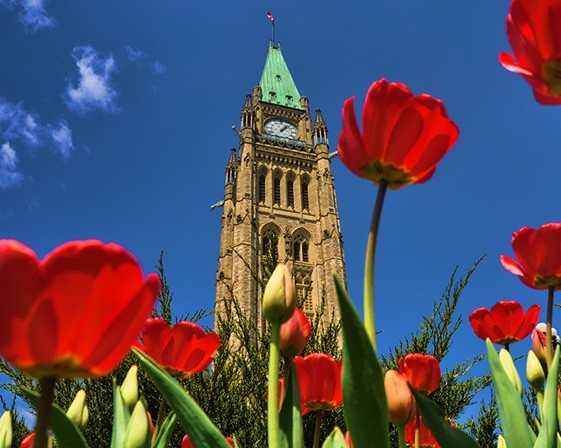This article was originally published in The Globe and Mail.
It is hard to imagine a more damning result for the New Democratic Party, which experienced its worst electoral defeat since its founding in 1961.
The NDP’s share of the popular vote fell by more than two-thirds to just 6.3 per cent, worse than its 1993 rout under Audrey McLaughlin. The same is true of its seat count, which fell to seven (as of this writing) from 24. NDP Leader Jagmeet Singh not only lost his Vancouver-area riding, but he came in third with an embarrassing 18 per cent of the vote in Burnaby South. As recently as January, polling suggested the NDP were in contention to be the Official Opposition; that support cratered in just five months.
The underlying reasons for this electoral collapse are plain to see. One factor, without question, was the fact that Mr. Singh – who announced that he would step aside on Monday night – was a weak leader. Had the NDP kept Thomas Mulcair, the Canadian political landscape would be very different today.
That said, there are other – and more important – reasons for the party’s historic collapse.
Modelled on the British Labour Party, the NDP was once anchored in highly unionized industrial towns and resource regions in English-speaking Canada. That is no longer the case. For the past decade, the Tories have been courting the working-class vote, following the blue-collar strategy of the U.S.’s Republican Party and other populist parties in Europe. As a result, old social democratic bastions have been falling like dominoes, largely to conservative parties.
So, too, in Canada.

Long-held NDP ridings in Hamilton, Windsor, and the provincial norths of Ontario, Manitoba and British Columbia all fell this week – mostly to the Tories. I am quite certain that further investigation will show that non-university educated voters in English-speaking Canada broke massively for the Conservatives. The perceived cultural divide thus trumped the old class politics of left and right.
The Tory appeal to working-class voters resonated as the NDP had long since drifted away from its old working-class base. A turning point came in the 1990s when Bob Rae’s Ontario NDP made a mess of things by bowing to neoliberalism, corporatizing government and assailing the foundational principles of collective bargaining.
At the same time, the NDP also saw its “progressive” middle-class voters in urban areas, often concentrated in the public sector, stampede to the Liberals out of fear of the one-two punch of Pierre Poilievre and Donald Trump. Most of the NDP’s downtown ridings were lost as a result.
What remains are a handful of downtown ridings in Montreal, Winnipeg, Edmonton and Vancouver, as well as two northern ridings. The party was shut out of Ontario altogether.
So, what now? This is where I see opportunity.
The NDP caucus, though few in number, spans much of the country. They are also an unusually talented and diverse group. Each one defied the odds to win. Several have the makings of a fine party leader (or future cabinet minister).
Most importantly, the Liberal minority is just large enough to allow the NDP alone to put them over the top. This gives the NDP the kind of leverage it had in the last parliament when it signed a supply-and-confidence agreement with the Liberals.
This time, however, it should adopt a bold new strategy.
Given how much is at stake in the face of Donald Trump’s tariffs and annexation threats, the NDP should insist this time on joining the government as a full coalition partner. Federally, it would be the first coalition government since the First World War. It would also be the first time that the federal NDP will have experienced power – an experience that would be invaluable in the short and long term.
There is every reason to think that the NDP could get three cabinet ministers as part of the deal. It would need to be careful in what ministries it takes, insisting on at least one economic or labour portfolio – allowing it to deliver for working-class voters.
Only a formal coalition would give Canada the stability it needs – and give the political left a chance to break the cycle.

